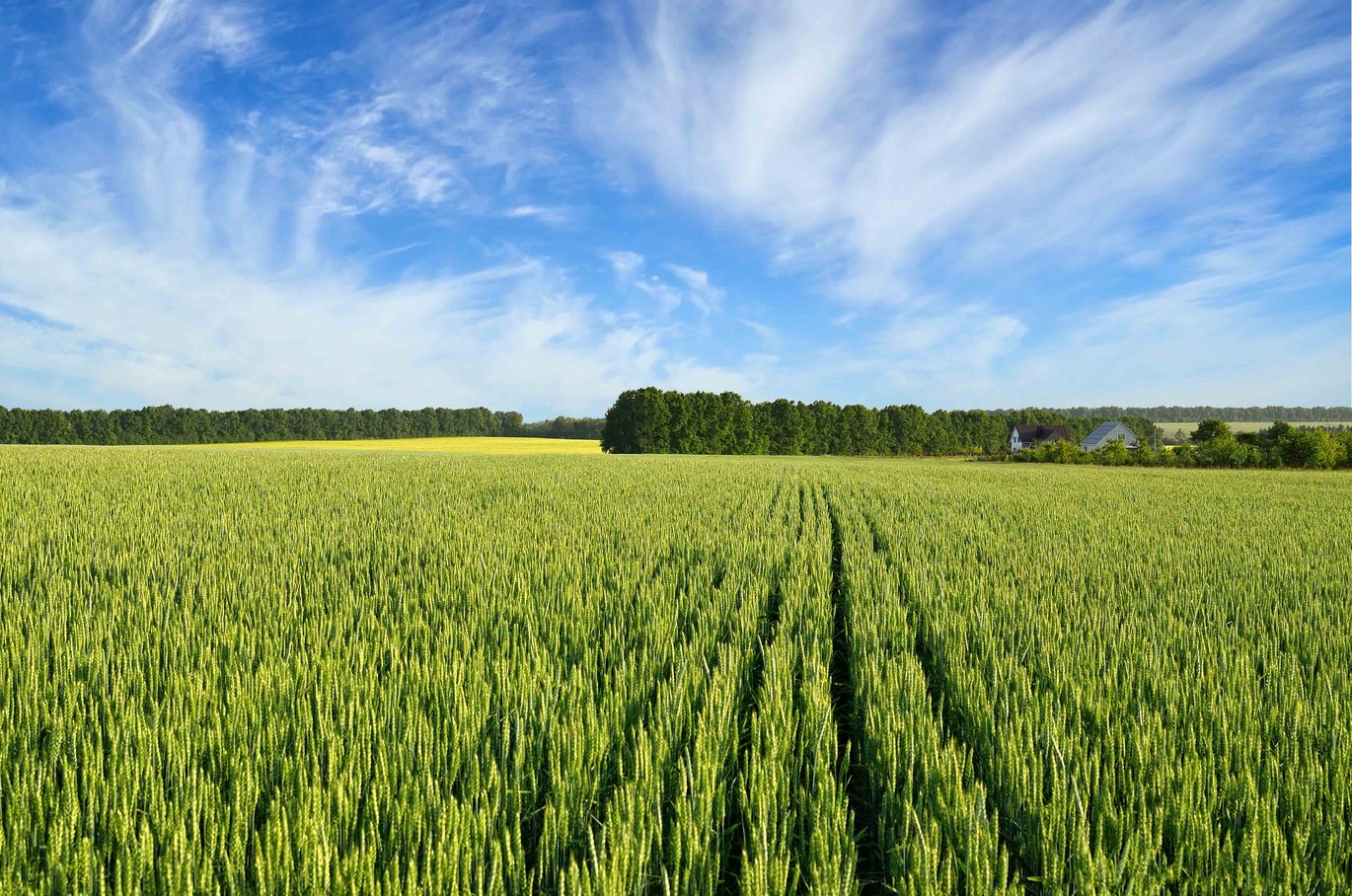The nitrogen dilemma meets smart fertilisation
A new study explores how drones and machine learning could help fine-tune nitrogen use in agriculture—offering a glimpse into a future with smarter fertilization and fewer environmental costs.

In modern agriculture, nitrogen is both hero and villain. It feeds crops, boosts yields, and fuels the breadbasket of Europe. But it also pollutes water, fuels climate change and leads to wasted resources when overused.
A new study, published in European Journal of Agronomy, explores a method to fine-tune nitrogen recommendations using a metric called the Nitrogen Nutrition Index (NNI). In theory, NNI tells you whether a plant has received enough nitrogen, based on its biomass and growth stage.
Traditionally, calculating NNI requires destructive sampling: cutting plants, drying them, and measuring nitrogen in a lab. “It’s a well-established method,” Takashi Tanaka from Department of Agroecology at Aarhus University explains. “But also, very impractical and labour intensive.”
Enter drones. Equipped with multispectral cameras, they can scan fields and estimate crop health from above. The drone can predict NNI using reflected light from plants. Takashi Tanaka and his team trained machine learning models on drone images to predict NNI, potentially replacing all that costly, labor-intensive sampling with a click and a flyover.
The researchers tested two approaches: one model estimated biomass and nitrogen content separately before calculating NNI, while another predicted NNI directly. Both approaches showed promise, but with varying degrees of accuracy.
Promise meets precision
At certain growth stages, predictions were accurate enough to flag when nitrogen levels were too low, suggesting when farmers might lose yield if they didn’t apply more.
The indirect method turned out to be a bit more accurate than the direct one. It matched the actual nitrogen levels well in most cases, while the direct method was close behind. Still, both approaches showed some margin of error, which means the predictions weren’t always spot-on.
However, timing proved crucial. The method performed best around the flag leaf stage, too early or too late in the season, and predictions became unreliable.
“There was too much uncertainty,” Takashi Tanaka says. “The models just weren’t reliable enough yet.”
He sees potential in combining NNI predictions with Bayesian statistics, tools that can estimate uncertainty and give farmers not just a number, but a confidence interval. But that’s still in the works, and the models don’t yet provide precise fertilizer recommendations—only rough indications like “apply more” or “you’re good.”
Farming under ideal skies
There’s another issue, one that haunts much of precision agriculture research: the trials were done under near-perfect conditions. No pests. No droughts. No unexpected cold snaps or floods.
“But in real life,” Takashi Tanaka says, “the field is never ideal.”
He now wants to integrate biotic and abiotic stress into future models, to consider how nitrogen behaves when a crop is fighting mildew, or when heat stunts growth. “Otherwise, the system just doesn’t work,” he says. “We can’t pretend every plant grows in paradise.”
The green transition's grey areas
The study lands at a moment when Europe is pushing hard for a green transition in agriculture, cutting pesticide and fertilizer use while maintaining yields.
“If we reduce nitrogen, but don’t account for stress or variability,” he warns, “we risk lower yields and more disease. It’s a delicate balance.”
He believes in the potential of remote sensing and AI, but also in realism. “Sometimes,” he says, “we’re asking technology to do too much.”
While the method isn’t yet precise enough for broad application, the study offers an important step forward. By pointing out both the possibilities and the pitfalls of drone-based nitrogen monitoring, it helps set the stage for more realistic, field-ready solutions.
The authors emphasize that future models must account for real-world variability, from pests to drought, to be truly useful in the green transition.
In the end, the message is clear: Precision farming holds promise, but precision doesn’t come easy.
More information
Collaborators: Department of Agroecology, Aarhus University.
Conflict of interest: None
Read more: The publication “Prediction of winter wheat nitrogen status using UAV imagery, weather data, and machine learning” is written by Takashi Tanaka and René Gislum.
Contact: Tenure Track Assistant Professor Takashi Tanaka, Department of Agroecology, Aarhus University. Email: takashi@agro.au.dk
